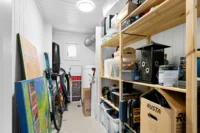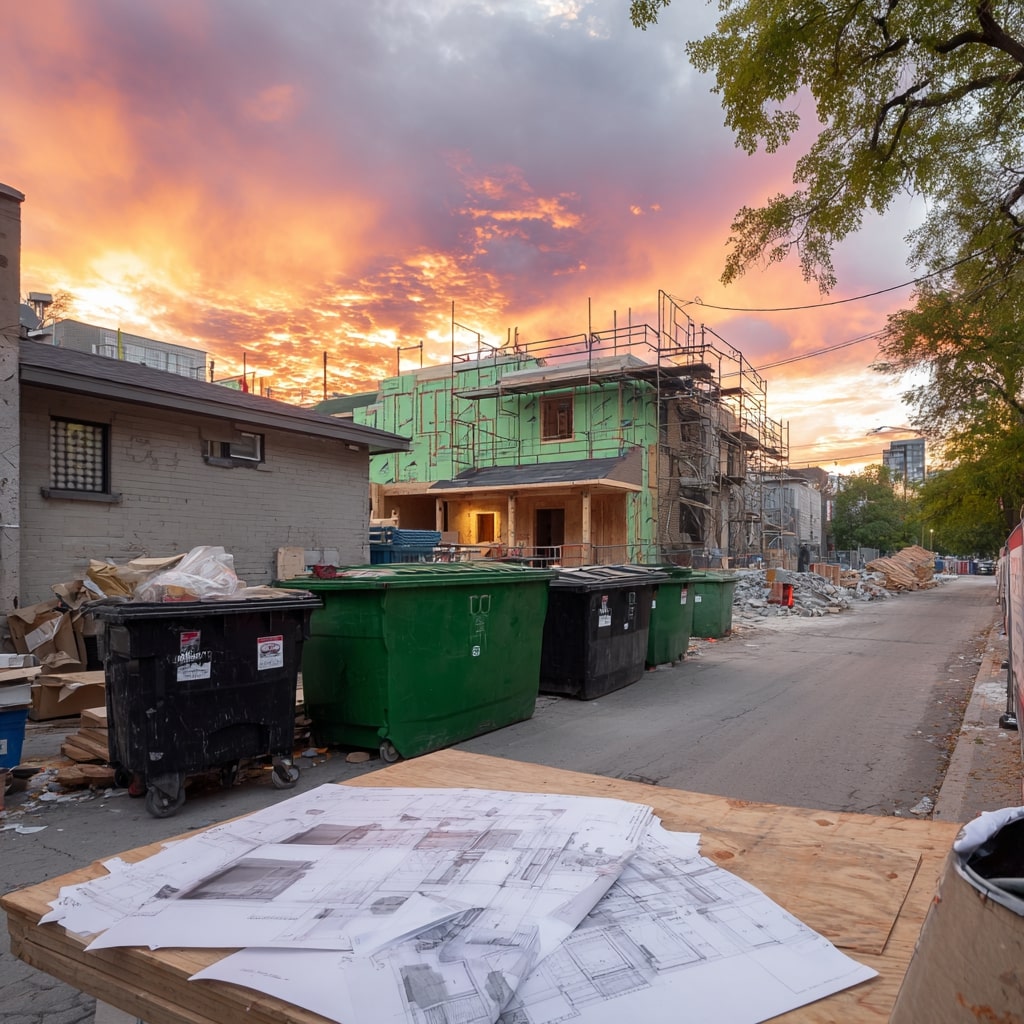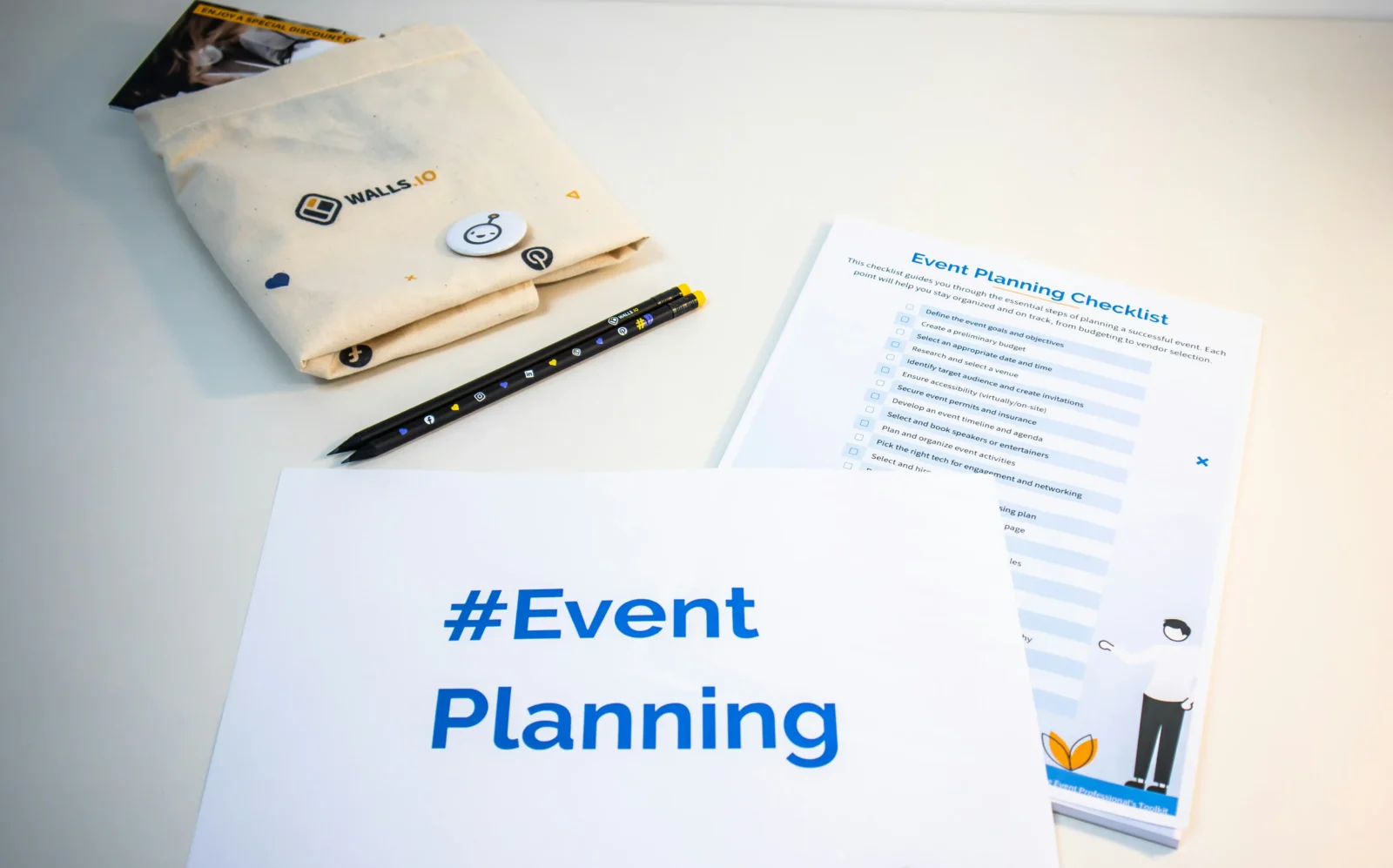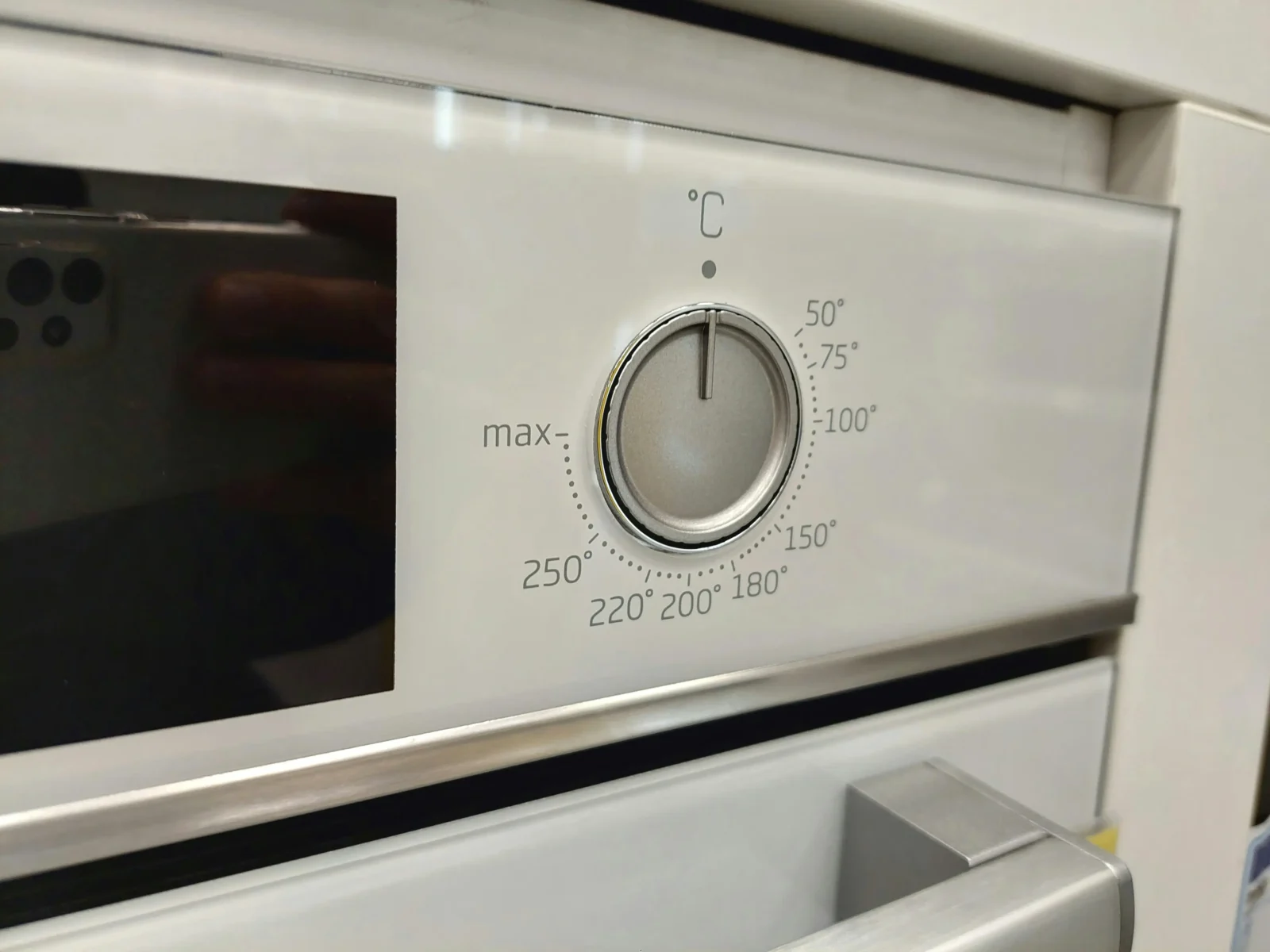- Home
- Articles
- Architectural Portfolio
- Architectral Presentation
- Inspirational Stories
- Architecture News
- Visualization
- BIM Industry
- Facade Design
- Parametric Design
- Career
- Landscape Architecture
- Construction
- Artificial Intelligence
- Sketching
- Design Softwares
- Diagrams
- Writing
- Architectural Tips
- Sustainability
- Courses
- Concept
- Technology
- History & Heritage
- Future of Architecture
- Guides & How-To
- Art & Culture
- Projects
- Interior Design
- Competitions
- Jobs
- Store
- Tools
- More
- Home
- Articles
- Architectural Portfolio
- Architectral Presentation
- Inspirational Stories
- Architecture News
- Visualization
- BIM Industry
- Facade Design
- Parametric Design
- Career
- Landscape Architecture
- Construction
- Artificial Intelligence
- Sketching
- Design Softwares
- Diagrams
- Writing
- Architectural Tips
- Sustainability
- Courses
- Concept
- Technology
- History & Heritage
- Future of Architecture
- Guides & How-To
- Art & Culture
- Projects
- Interior Design
- Competitions
- Jobs
- Store
- Tools
- More
Best Commercial HVAC Units 2025: Top Efficiency & Performance Guide
Your HVAC system probably eats up 40% of your energy budget. Here's how smart building managers are slashing those costs with the right equipment choices.

Your HVAC bills are bleeding you dry, and you know it. Walk into any commercial building, and there’s a decent chance the owner is getting hammered by energy costs that could’ve been cut in half with smarter equipment choices.
Most business owners make the same mistake; they buy based on upfront cost instead of long-term operating expenses. Then they wonder why their monthly bills make them want to cry. The difference between a smart HVAC choice and a dumb one? About $3,000-$8,000 per year in wasted energy costs.
Here’s what separates the building managers who sleep well at night from those checking their bank balance every month: they know exactly which units deliver real efficiency without the marketing nonsense.
Table of Contents
ToggleWhy Most Commercial HVAC Purchases Go Wrong
The HVAC sales guy walks in with glossy brochures, promises you’ll save 30% on energy costs, and three months later, you’re staring at bills that somehow got higher. Sound familiar?
Here’s the dirty secret: most “high-efficiency” units only work efficiently if everything else is perfect. Wrong size? Efficiency drops 25%. Poor installation? Another 20% loss. Skip maintenance? You just turned your premium unit into an expensive energy hog.
I’ve watched business owners spend $20,000 on equipment that performs worse than a properly sized $8,000 unit. The problem isn’t the equipment; it’s that nobody talks about what actually makes HVAC systems work in the real world.
Rooftop units make sense for most commercial buildings because they’re out of the way and easier to service. Your maintenance guy doesn’t need to crawl through your ceiling tiles every time something breaks.
Split systems cost more to install, but they’re quieter, which matters if you’re running a law office or medical practice where noise is a problem.
VRF systems are the Ferrari of HVAC; incredible when you need zone control, but overkill (and overpriced) for simple applications.
Most contractors push whatever makes them the most money, not what’s right for your building. Commercial building HVAC systems work best when they match your actual needs, not the salesperson’s commission structure.
The Only Efficiency Numbers That Matter
Forget the marketing brochures. Here’s what actually predicts your monthly bills:
SEER ratings tell you the seasonal cooling efficiency. Anything under 13 SEER is ancient technology. 15+ SEER is where real savings start, but don’t obsess over getting the highest number if it means buying an oversized unit.
EER ratings matter more for commercial spaces because they measure peak performance when your system is working hardest. Hot summer afternoons when everyone’s running AC? That’s when EER determines if your electric bill explodes.
IEER ratings give you the most honest picture of year-round performance. While everyone talks about SEER, IEER reflects how units actually perform when they’re cycling on and off throughout the day.
According to the U.S. Department of Energy, “commercial buildings can save up to 40% on energy costs by upgrading to energy-efficient HVAC systems” when properly installed. This data comes from government studies across different building types and climate zones.
The math is simple: a 15 SEER unit costs about $2,000 less per year to run than a 12 SEER unit for the average commercial space. Over ten years, that’s $20,000 in your pocket instead of the utility company’s.
Three Commercial Units That Actually Deliver
After watching dozens of installations and tracking real-world performance, these three units from HVAC Store consistently outperform their specs:
Daikin 5 Ton R32 Split System (13.4 SEER):

This isn’t the flashiest option, but it’s as reliable as gravity. The 13.4 SEER rating beats most budget units, while the R32 refrigerant won’t kill the environment. Perfect for smaller commercial spaces where you want dependable performance without breaking the bank.
Daikin 10 Ton R32 Heat Pump (15.2 IEER):

Here’s where things get interesting. That 15.2 IEER rating means this rooftop unit stays efficient even when it’s not running at full blast, which is most of the time. Heat pump technology lets it handle both heating and cooling without separate equipment.
Daikin 5 Ton Package AC (16.4 SEER2):

The efficiency champion. If your building has serious cooling loads or you’re in a hot climate, this unit’s 16.4 SEER2 rating will save you serious money. More expensive upfront, but pays for itself through lower operating costs.
Don’t get overwhelmed shopping for a commercial AC unit; focus on proper sizing first, efficiency ratings second, and price last. A properly sized 13 SEER unit beats an oversized 16 SEER unit every single time.
| Unit | Type | Efficiency | Price | Best For |
| Daikin 5T R32 Split | Split System | 13.4 SEER | $3,000-$4,500 | Small offices, retail |
| Daikin 10T Heat Pump | Rooftop RTU | 15.2 IEER | $5,500-$7,000 | Medium spaces, year-round use |
| Daikin 5T Package | Rooftop AC | 16.4 SEER2 | $4,000-$6,000 | High-efficiency needs |
Sizing: Where Most People Lose Thousands
Here’s where contractors either save you money or rob you blind. Oversized units are profit centers for them and money pits for you.
An oversized unit cycles on and off constantly, never running long enough to remove humidity properly. Your space feels clammy, energy bills stay high, and equipment wears out faster. Meanwhile, the contractor made an extra $3,000 by selling you more tonnage than you needed.
Proper sizing requires actual calculations: building square footage, ceiling height, insulation quality, window efficiency, occupancy patterns, and local climate data. Not rules of thumb, not “one ton per 400 square feet,” but real engineering.
The EPA says proper sizing alone can cut operating costs by 10-20%. That’s $1,000-$4,000 per year for most commercial spaces, just from buying the right size equipment.
Most contractors skip this step because load calculations take time, and they’re not getting paid extra for accuracy. Find one who uses Manual J calculations, or you’ll pay the price for years.
Smart Controls: Worth It or Waste of Money?
Smart HVAC controls are having a moment, but most of them are solutions looking for problems. Here’s what actually works:
Occupancy sensors make sense for offices and retail spaces with predictable schedules. There’s no point in cooling an empty building to 72 degrees at 2 AM. Simple concept, big savings.
Weather integration prevents your system from overworking when conditions change. If it’s 65 degrees outside, your HVAC doesn’t need to work as hard to maintain 70 degrees inside.
Remote monitoring catches problems before they become disasters. Getting an alert that your refrigerant is low beats discovering it when your system dies on the hottest day of summer.
Skip the fancy features and focus on controls that solve real problems. Smart thermostats with basic scheduling and remote monitoring typically pay for themselves in 2-3 years through energy savings alone.
Installation and Maintenance Reality Check
Your equipment purchase is maybe 60% of the total cost. Poor installation kills efficiency, and skipped maintenance kills equipment.
Installation typically adds complexity and cost depending on your building layout. Cheap installation is expensive; improper refrigerant charging alone can reduce efficiency by 20%. Leaky ductwork? Another 25% efficiency loss.
Annual maintenance runs a few hundred dollars per year, but skipping it costs more. Units without regular service fail 40% sooner and use 15-25% more energy. Do the math; maintenance pays for itself.
Working with established suppliers like HVAC Store means access to qualified installation partners who understand that proper installation and ongoing service matter as much as equipment selection.
Making the Smart Choice
Stop buying HVAC equipment like you’re shopping for cars. The shiniest option with the most features isn’t necessarily the smartest choice for your building and budget.
Start with professional load calculations, buy the right size equipment with efficiency ratings above 15 SEER, and don’t cheap out on installation. The energy savings over 15-20 years will more than pay for doing things right the first time.
When you’re ready to move forward, companies like HVAC Store can connect you with the right equipment and installation support to get it done properly. Your monthly utility bills will thank you.
FAQ
How do I know what size HVAC unit I need?
Don’t guess or use rules of thumb. Demand professional Manual J load calculations that account for your building’s specific characteristics. Wrong sizing is the #1 reason commercial HVAC systems underperform.
Is the highest SEER rating always the best choice?
No. An oversized 16 SEER unit will cost more to operate than a properly sized 13 SEER unit. Focus on correct sizing first, then efficiency ratings.
How much should I budget for HVAC installation?
Installation costs vary significantly based on system complexity and building requirements. Don’t shop for price alone; poor installation can reduce efficiency by 30%.
Are smart controls worth the extra cost?
Basic smart controls with occupancy sensing and remote monitoring typically pay for themselves in 2-3 years. Skip complex features you won’t actually use.
How often do commercial HVAC units need service?
Twice per year, minimum, spring and fall. Regular maintenance extends equipment life by 5-10 years and prevents 80% of emergency breakdowns.
illustrarch is your daily dose of architecture. Leading community designed for all lovers of illustration and #drawing.
Submit your architectural projects
Follow these steps for submission your project. Submission FormLatest Posts
Why Smart Bin Rental Strategy Shapes Better Architecture Projects
Picture this: you’re standing before your dream architectural project, blueprints approved, permits...
The 10 Most Iconic Buildings in the World and Their Stories
From ancient marvels like the Great Pyramid of Giza to modern icons...
How to Choose the Best Balloon Garland Kit for Your Event Theme
Balloon garlands are now a very popular decoration for today’s celebrations, including...
Dependable Service for Everyday Appliance Problems
When a washer stalls mid-cycle or a fridge warms up, you need...











Leave a comment